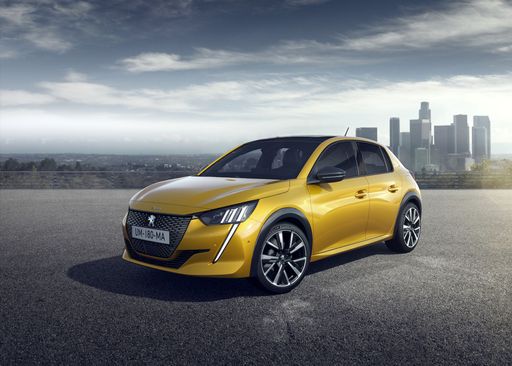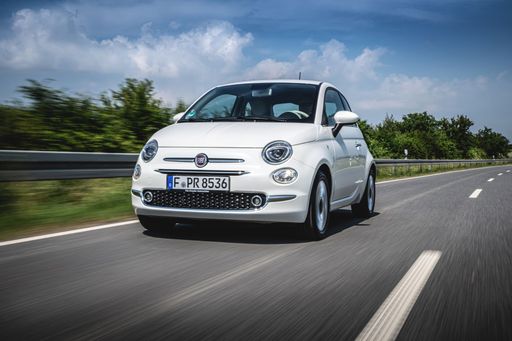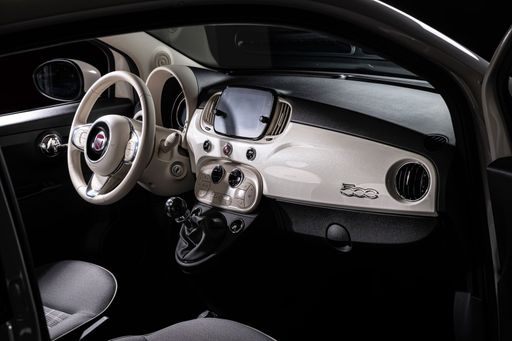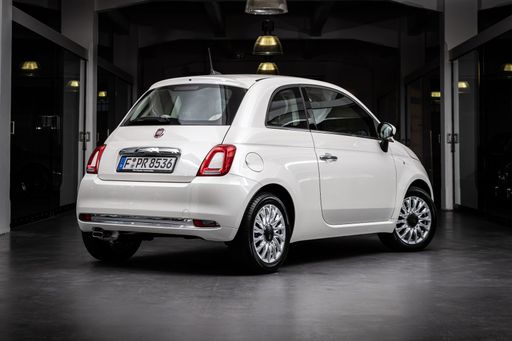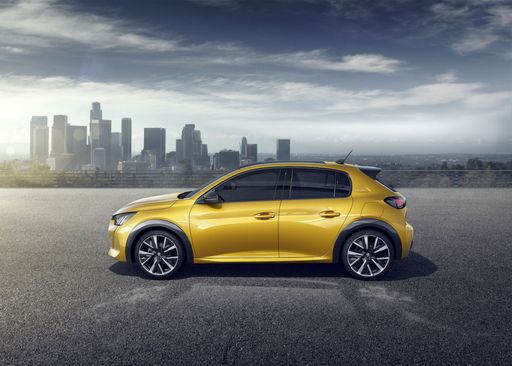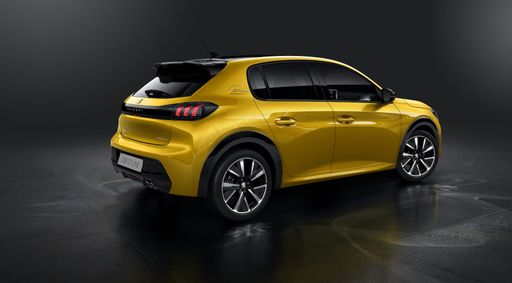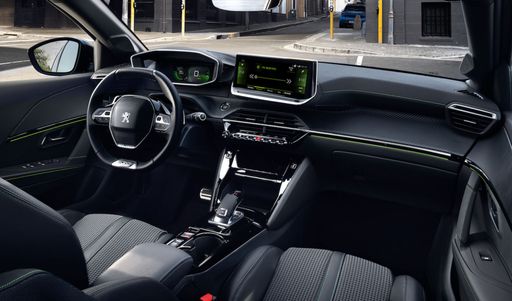Powertrains and Performance
The Fiat 500 is available with electric powertrains, offering up to 118 HP with a torque of 220 Nm. It features a front-wheel drive system, making it agile and responsive in the urban environment. With two battery options, 37.3 kWh and 21.3 kWh, the electric range reaches up to 321 km, making it a practical choice for city dwellers. Acceleration from 0-100 km/h takes approximately 9 seconds, with a top speed of 150 km/h.
Conversely, the Peugeot 208 offers a broader range of engine choices, including petrol, MHEV (mild-hybrid), and electric options. The most powerful engine delivers up to 156 HP and a torque of 270 Nm, providing an exhilarating driving experience. Depending on the configuration, the electric variant can travel up to 410 km on a single charge, substantially exceeding the Fiat’s capabilities. Acceleration times range from 8.3 to 10.9 seconds, with a maximum speed of 200 km/h for the most powerful variants.

